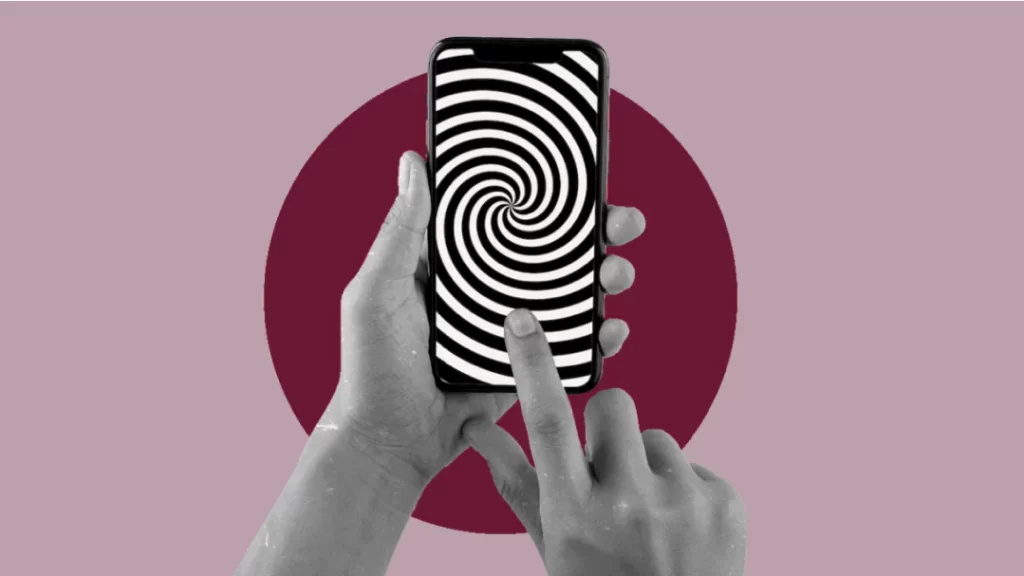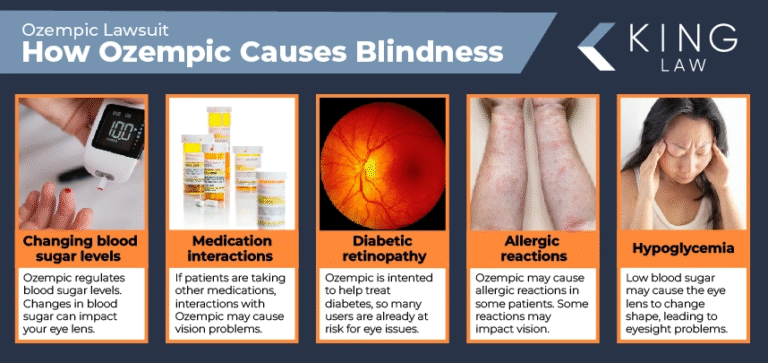
How Overconsumption Is Rewiring Our Emotional Responses
Overconsumption, in economic terms, refers to the expansive, or high rate at which consumers undertake consumption. Originally, the term was developed to define the excessive consumption of physical goods. Overconsumption of content is slightly different from that of physical goods. Here, it dawns on spending enormous amounts of time scrolling through social media channels, YouTube, or Netflix, without any particular goal or target at hand.

Doomscrolling and its subsequent effects
A major problem with the growing phenomenon of overconsumption is the subsequent rise of compassion fatigue and doomscrolling. “Doomscrolling” is a term that has gained popularity over the course of recent years, as digital overconsumption of content has become a common activity. Doomscrolling, in its original essence, refers to ‘prolonged exposure to violent content via various channels’. The original term denoting doomscrolling was ‘mean world syndrome.’ It was developed back in the 1970s, when there was extensive coverage of global militant issues on television.
For the digital century, doomscrolling has another interpretation. Today, doomscrolling also refers to spending disproportionate hours of the day consuming mindless content. The primary reasons people are known to be doomscrolling, according to informal surveys, are the following: boredom, procrastination, fear of missing out, and feeling in control.
There are various dangers of doomscrolling and overconsumption. Extensive doomscrolling is researched and known to cause depression, anxiety, and worsen any pre-existing condition. Research by Psychology Today has found that doomscrolling has adverse effects directly affecting the brain. The most direct effect of overconsumption is what is often described as ‘popcorn brain’. It refers to a condition where the part of the brain responsible for our fight or flight response consumes such content in the same manner. This gives birth to a condition of being overstimulated due to excessive hours spent on social media. The research also covers various other sub-domains of doomscrolling, from its origin to methods of establishing control.
Compassion Fatigue
A major side effect of these activities is ‘Compassion Fatigue’. Primarily witnessed amongst caretakers and medical staff, it defines a condition wherein individuals who are exposed to prolonged and stringent conditions requiring compassion eventually become numb to the overall sensation and gravity of serious situations.

A short article by Kendra Cherry covers numerous aspects of the issue. The article states that the primary cause of compassion fatigue is prolonged exposure to secondary trauma, further fuelled by the lack of control or helplessness. It is an important aspect to note, given how information – especially visual information – about violent situations is readily available at our fingertips at all times.
Burnout from Overstimulation
A direct result of continuous overconsumption is overstimulation. Overstimulation is the condition where the mind is being overloaded by sensory input. Sensory input, here, can be in various forms, such as social media, loud external noises (constructions, traffic, music, etc), or lights and effects (parties, raves, and discos). All these lead to a scenario where the brain gets overwhelmed to process all the input, resulting in burnout from overstimulation. Excessive overstimulation is a major cause of the development of issues such as anxiety and burnout.

Burnout is a condition where the mind feels severely exhausted from extensive exposure to multiple stimuli. Another simple side effect of burnout is ‘dopamine burnout’. Overstimulation traps an individual in the cycle of dopamine burnout. The basic structure of the cycle is such that stimuli cause a dopamine release, the brain balances that release with a homeostasis reaction, resulting in a baseline. But prolonged exposure to stimulus causes the brain to eventually become desensitised to dopamine release, resulting in a constant chase for a dopamine high.
Conclusion
Although overconsumption and overstimulation seem to be recurring issues these days, there are ways in which one can shield oneself from the cycle of a dopamine high. The best way to reduce overstimulation is by taking consistent and regular breaks from stimuli. Stimulus, here, is highly subjective depending on an individual’s situation. Simple examples of breaks would be breaks from screens, white noise, and music. A good alternative to chasing a ‘high’ is exercise, such as a short walk, deep breathing, and meditation.
Written by – Sanskaar Shetty
Edited by – Shiv Talesara
The post Numb by the Scroll appeared first on The Economic Transcript.


